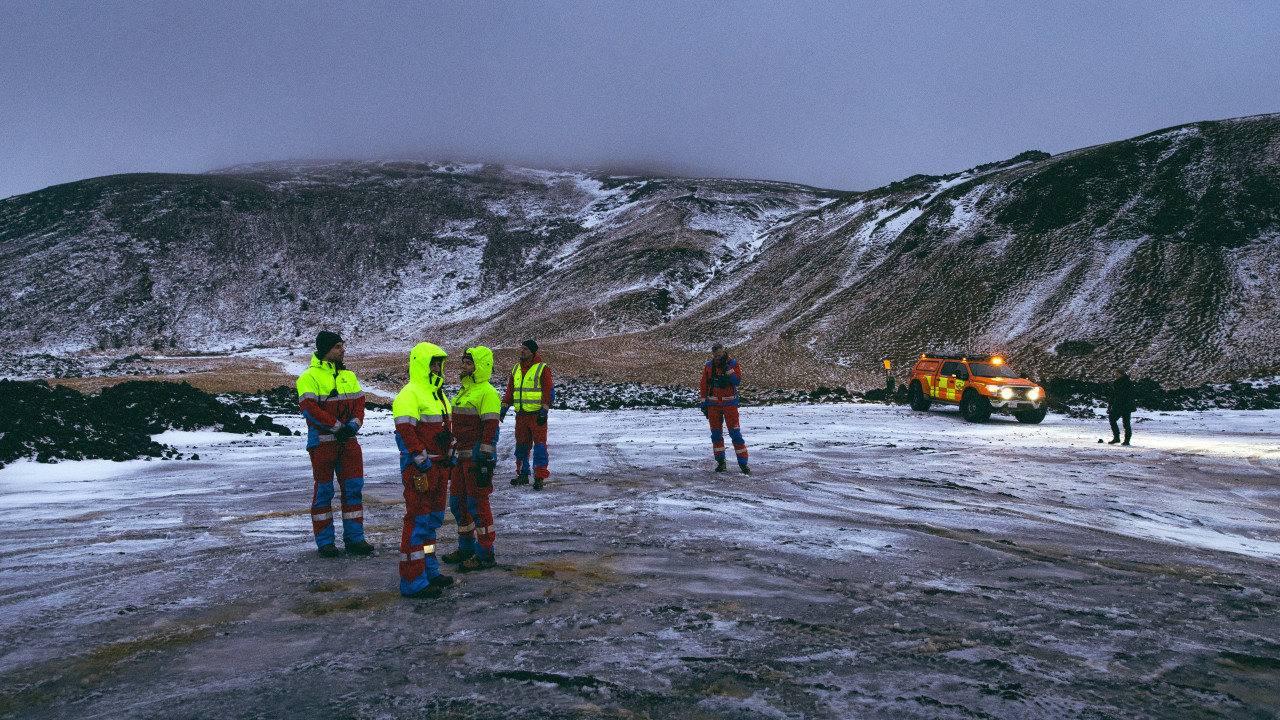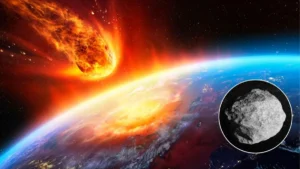
O Icelandic Meteorological Institute (IMO) stressed in a statement that, in this fault, “volcanic activity appears to have stopped late last night [quinta-feira] or [hoje] early in the morning”.
“Despite this, it is possible that the lava flows down in closed channels and, therefore, it is not possible to say that the eruption is over,” he stressed.
Surveillance camera images no longer captured the impressive lava flows, as in the first two days of the eruption that occurred three kilometers from a small town of 4,000 inhabitants, Grindavik.
Authorities have reduced their alert level: the state of emergency, launched on Monday night, was lifted to make way for the “alert phase”, one level below.
However, a new land protrusion was detected nearby, at the site of the geothermal power plant in Svartsengi, which provides electricity and water to around 30,000 inhabitants of the region and whose facilities are protected by a wall.
“The accumulation of magma continues under Svartsengi and will likely lead to further magmatic intrusions and a possible eruption,” the institute warned, adding that “the likelihood of a [nova] The rash increases from one day to the next.”
This Monday’s eruption, the fourth in two years, was preceded by a series of earthquakes three kilometers from Grindavik, evacuated since November 11th.
City residents were allowed this Thursday to go to their homes during the day and will be able to be in their homes during the Christmas holidays, between December 23rd and 26th. The situation must be reassessed on the 27th.
Authorities plan to build a protective wall around Grindavik.
Until March 2021, the Reykjanes peninsula, south of the capital Reykjavik, had been spared from eruptions for eight centuries.
Since then, two others have occurred, in August 2022 and July 2023, a sign, for volcanologists, of the resumption of volcanic activity in the region.
Thirty-three volcanic systems are considered active in this land of fire and ice, the most volcanic region in Europe
On November 11, residents of Grindavik were evacuated as a precaution following hundreds of earthquakes caused by the movement of magma beneath the Earth’s crust, a potential warning sign of a volcanic eruption.
The city’s buildings and roads were extensively damaged by this seismic activity.
In 2010, the Eyjafjallajökull volcano, in the south of the island, caused the greatest disruption to air traffic in times of peace, a record that has since been ‘eclipsed’ by the Covid-19 pandemic.
Read Also: Wanted to observe volcano eruption and ended up saving man in Iceland
All News. By the Minute.
Seventh consecutive year Consumer Choice for Online Press.
Download our free App.
Source: https://www.noticiasaominuto.com/mundo/2467286/autoridades-islandesas-sem-certezas-sobre-se-erupcao-vulcanica-ja-acabou


